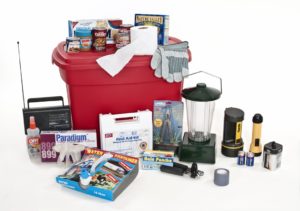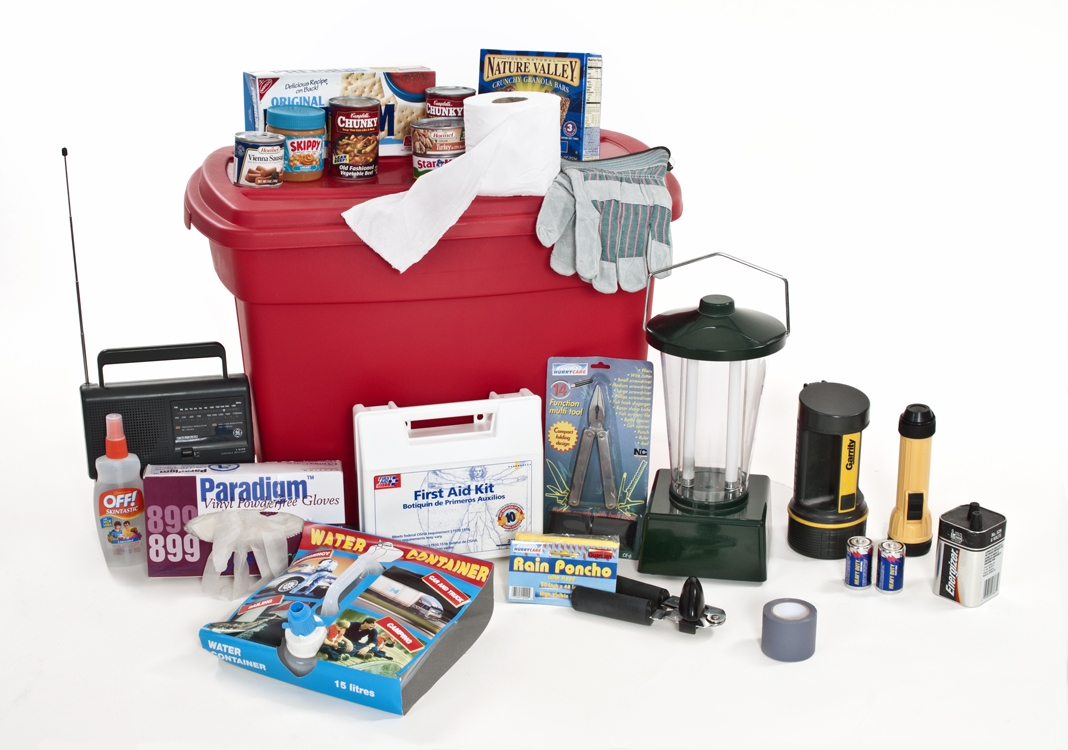Justin Stoltzfus
Disaster can strike at any time, and being prepared is critical. The right home insurance coverage can help you rebuild your home and replace your destroyed belongings. But what about the evacuation itself? Having a home disaster kit ready can help your family ride out an emergency.
Some guidelines are available from the federal government. Ready.gov (a government website promoting disaster preparedness) provides some practical tips on what to put into a
The site recommends a three-day supply of food and water. When it comes to water, you’ll need one gallon a person per day — that’s 12 gallons for a family for four.

Other items on the Ready.Gov’s list include:
- Whistle (to attract rescuers).
- Masks for protection from dust and debris.
- Battery-powered radio.
- Flashlight.
- Can opener.
- Cellphones and chargers,
- Moist towelettes,
- Garbage bags,
- Local maps.
- Blankets.
- Matches.
- Personal medication.
San Francisco’s disaster preparedness site,72Hours.org., helps visitors get ready for specific emergencies, from terrorist attacks and contagious diseases to natural disasters like storms and earthquakes. The site recommends assembling a “go bag” that, in addition to survival supplies, includes health insurance cards, extra keys to your house and a list of emergency contacts.
If you don’t want to make a kit, Your Safety Place, a company that specializes in disaster kits, has a variety of options. Its $150 four-person survival bucket contains all the basics — as well as waterproof matches, water purification tablets, light sticks and Mylar blankets.
When it comes to evacuating your pets, the Insurance Information Institute recommends adding the following to your:
- Muzzles, harnesses, leashes, pet seat belts and any other restraints.
- Photos of pets (for identification purposes if they get lost).
- Veterinary contact information.
- Food and water for three days.
- Proof of rabies vaccinations.
Having the right home disaster kit isn’t just for the paranoid. Having these basic items on hand can save lives whether the crisis is local or global — and help you bounce back even before your home insurance company helps you rebuild.

3 thoughts on “Home disaster kit: Recommendations for emergencies”